Home>Furniture & Design>Bathroom Accessories>How To Clear A Bathtub Drain Clogged With Hair
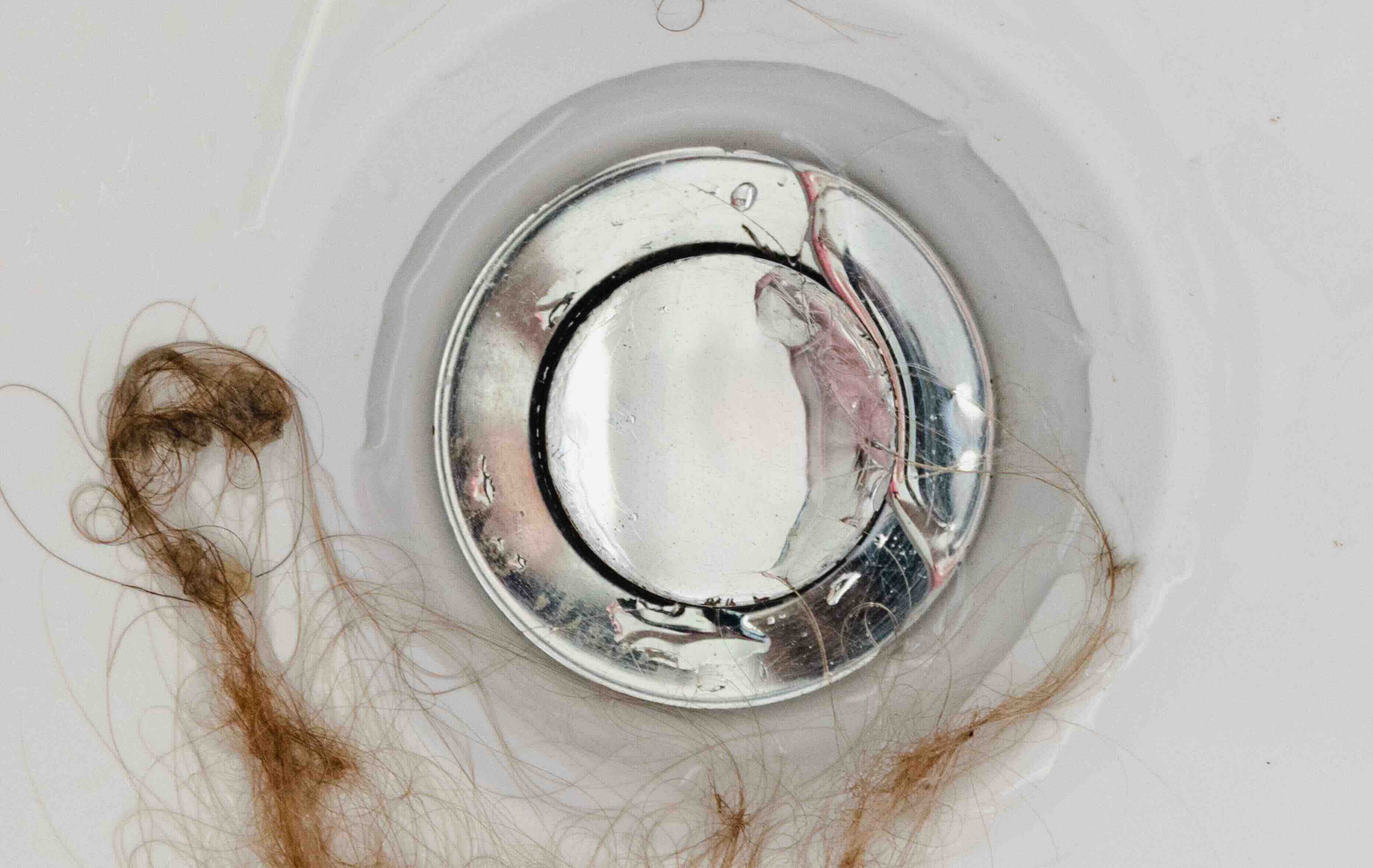

Bathroom Accessories
How To Clear A Bathtub Drain Clogged With Hair
Modified: March 2, 2024
Learn how to effectively clear a bathtub drain clogged with hair using simple bathroom accessories. Keep your drain flowing smoothly with these easy tips.
(Many of the links in this article redirect to a specific reviewed product. Your purchase of these products through affiliate links helps to generate commission for Storables.com, at no extra cost. Learn more)
Introduction
Dealing with a bathtub drain clogged with hair can be a frustrating and unpleasant experience. Over time, hair, soap scum, and other debris can accumulate in the drain, leading to slow drainage or a complete blockage. When left unaddressed, this issue can result in standing water in the tub, unpleasant odors, and potential damage to the plumbing system. However, with the right tools and techniques, clearing a clogged bathtub drain can be a manageable task.
In this comprehensive guide, we will explore effective methods for clearing a bathtub drain clogged with hair. From utilizing simple household items to employing specialized tools, we will walk you through the step-by-step process of restoring proper drainage to your bathtub. Whether you are a seasoned DIY enthusiast or a novice homeowner, this guide will equip you with the knowledge and confidence to tackle this common household maintenance issue.
By following the methods outlined in this guide, you can not only address the immediate clog but also take proactive steps to prevent future blockages. From removing the drain cover to using a combination of natural and chemical solutions, each step is designed to provide a thorough and effective approach to clearing a hair-clogged bathtub drain.
As we delve into the specific tools and techniques, it's important to approach this task with patience and attention to detail. By taking the time to properly address the clog, you can avoid potential damage to the plumbing system and ensure long-term functionality of your bathtub drain. Additionally, we will discuss preventive measures to minimize the likelihood of future clogs, allowing you to maintain a smoothly flowing drain for the long haul.
Whether you're facing a minor slowdown in drainage or a complete blockage, this guide will empower you to tackle the issue with confidence. With a combination of practical tips and proven methods, you'll be well-equipped to clear a bathtub drain clogged with hair and restore optimal functionality to your bathroom plumbing.
Key Takeaways:
- Say goodbye to hair-clogged bathtub drains! With simple tools like a drain snake and baking soda, you can easily clear the clog and prevent future blockages. Enjoy hassle-free bathing with these DIY solutions.
- Keep your bathtub drain flowing smoothly by using preventive measures like mesh drain covers and regular cleaning. With a little maintenance, you can say goodbye to hair clogs for good!
Read more: How To Clear A Clogged Bathtub
Tools and Materials Needed
When it comes to clearing a bathtub drain clogged with hair, having the right tools and materials at your disposal is essential for a successful outcome. Before embarking on the task, gather the following items to ensure that you are well-prepared to address the clog effectively:
-
Screwdriver: A screwdriver will be necessary for removing the drain cover, which is often held in place by screws. Ensure that you have the appropriate type and size of screwdriver to fit the screws securing the cover.
-
Drain Snake or Zip-It Tool: These specialized tools are designed to reach deep into the drain and effectively snag and remove hair and debris. A drain snake features a coiled wire that can be maneuvered through the drain, while a Zip-It tool is a flexible plastic strip with barbed edges, ideal for gripping and pulling out hair and gunk.
-
Plunger: A standard cup plunger can be used to create suction and dislodge the clog in the drain. It's important to have a plunger specifically designated for use in the bathroom to maintain hygiene.
-
Baking Soda and Vinegar: This common household combination can serve as a natural and eco-friendly solution for breaking down organic matter and clearing minor clogs. Ensure that you have an ample supply of both baking soda and vinegar on hand.
-
Chemical Drain Cleaner: In cases where the clog is particularly stubborn, a chemical drain cleaner can be effective in dissolving hair and other organic matter. Choose a product specifically formulated for clearing hair clogs and follow the manufacturer's instructions carefully.
-
Rubber Gloves: To protect your hands from coming into direct contact with hair and debris, it's advisable to wear rubber gloves throughout the process.
-
Bucket or Container: Having a bucket or container nearby will allow you to collect any standing water that may need to be removed from the tub during the clearing process.
-
Old Towels or Rags: These can be used to wipe up any spills or to protect the surrounding area from potential mess during the clearing process.
By ensuring that you have these essential tools and materials on hand, you can approach the task of clearing a hair-clogged bathtub drain with confidence and efficiency. Each item plays a crucial role in the overall process, enabling you to address the clog effectively and restore proper drainage to your bathtub.
Step 1: Remove the Drain Cover
The first step in addressing a bathtub drain clogged with hair is to gain access to the interior of the drain by removing the drain cover. This cover is typically held in place by screws and may be equipped with a built-in stopper mechanism. To begin, locate the screws securing the drain cover in place and use a screwdriver that fits the screw heads snugly. Carefully loosen and remove the screws, ensuring that they are set aside in a safe location to prevent misplacement.
Once the screws have been removed, gently lift the drain cover from the drain opening. In some cases, the cover may be sealed in place by accumulated grime and debris, requiring a bit of extra effort to dislodge it. If necessary, use a flathead screwdriver or a similar tool to carefully pry the cover away from the drain opening, taking care not to damage the surrounding surfaces.
As you lift the drain cover, you may encounter a built-in stopper mechanism, which is designed to open and close the drain for filling and draining the bathtub. If the stopper is attached to the cover, take note of its position and ensure that it remains intact as you remove the cover. In some instances, the stopper may be connected to a linkage that extends into the drain, so exercise caution to avoid dislodging or damaging this mechanism.
With the drain cover successfully removed, take a moment to inspect it for any visible hair or debris that may have accumulated on the underside. Use a pair of gloves to carefully remove any obstructions, taking care to dispose of the collected material in a trash receptacle. Additionally, use a flashlight to peer into the drain opening and assess the extent of the clog, noting any visible hair or buildup that may be present within the drainpipe.
By successfully removing the drain cover and inspecting the drain opening, you have taken the crucial first step in addressing a bathtub drain clogged with hair. This initial stage sets the foundation for subsequent clearing methods, allowing for direct access to the interior of the drain and providing valuable insight into the nature of the clog. With the drain cover removed, you are now prepared to proceed with targeted techniques for dislodging and removing the accumulated hair and debris within the drain.
Step 2: Use a Drain Snake or Zip-It Tool
After successfully removing the drain cover and gaining access to the interior of the drain, the next step in clearing a bathtub drain clogged with hair involves the use of a drain snake or a Zip-It tool. These specialized implements are designed to reach deep into the drain, effectively snag and remove hair, soap scum, and other debris that may be contributing to the clog.
Drain Snake:
A drain snake, also known as a plumbing snake or auger, is a flexible, coiled wire tool that can be maneuvered through the drain to dislodge and retrieve obstructions. To use a drain snake, insert the coiled end into the drain opening and gradually feed it further into the drain, rotating the handle as needed to navigate bends and curves in the pipe. As the snake encounters resistance, continue to push and twist it to break through the clog and hook onto the accumulated hair and debris. Once the snake has effectively grasped the clog, carefully withdraw it from the drain, taking care to collect and discard any material that has been dislodged.
Read more: How To Keep Hair From Clogging Bathtub Drain
Zip-It Tool:
Alternatively, a Zip-It tool offers a user-friendly and cost-effective solution for clearing hair clogs in drains. This flexible plastic strip features barbed edges that can effectively grip and pull out hair and gunk from the drain. To use a Zip-It tool, simply insert the barbed end into the drain opening, pushing it in as far as possible. Then, slowly pull the tool back out, allowing the barbs to capture and extract the accumulated hair and debris as it is withdrawn from the drain.
Both the drain snake and the Zip-It tool offer effective means of physically dislodging and removing hair clogs from bathtub drains. By utilizing these tools, you can directly target the source of the clog and extract the accumulated material, thereby restoring proper drainage to the bathtub. Additionally, the use of these tools minimizes the reliance on chemical solutions, providing a more environmentally friendly approach to clearing clogs and maintaining the plumbing system.
By incorporating the use of a drain snake or a Zip-It tool into the clearing process, you can take proactive steps to address the hair clog at its source, setting the stage for a successful resolution of the drainage issue. With the accumulated hair and debris effectively dislodged and removed from the drain, you are well on your way to achieving optimal functionality and flow in your bathtub drain.
Step 3: Use a Plunger
When faced with a bathtub drain clogged with hair, a standard cup plunger can serve as a valuable tool for dislodging the obstruction and restoring proper drainage. The plunging technique creates suction and pressure within the drain, effectively dislodging the clog and allowing it to be flushed away. This method is particularly effective for addressing minor to moderate hair clogs and can be a convenient and accessible option for homeowners.
To use a plunger on a bathtub drain, begin by ensuring that there is enough water in the tub to cover the bottom of the plunger cup. If necessary, add a small amount of water to achieve adequate coverage. This water helps to create a seal between the plunger and the drain opening, enhancing the effectiveness of the plunging action.
Next, position the plunger over the drain opening, ensuring a tight seal between the cup and the surface surrounding the drain. Hold the plunger handle firmly and begin to push and pull in a rhythmic motion, maintaining the seal and creating a suction effect within the drain. The goal is to dislodge the clog and allow it to move through the drain, restoring proper water flow in the process.
As you engage in the plunging motion, be mindful of the pressure and force applied, as excessive force may lead to damage or dislodging of the drain components. Additionally, it's important to maintain a consistent and controlled plunging rhythm to maximize the effectiveness of the technique.
After several rounds of plunging, pause to assess the drainage in the tub. If the water begins to flow more freely, this indicates that the plunger has successfully dislodged the clog. If necessary, repeat the plunging process to further clear any remaining obstructions and ensure optimal drainage.
Using a plunger to clear a hair-clogged bathtub drain offers a straightforward and accessible approach to addressing the issue. By harnessing the power of suction and pressure, the plunger can effectively dislodge hair and debris, providing a practical and environmentally friendly solution for restoring proper drainage.
By incorporating the use of a plunger into the clearing process, you can take proactive steps to address the hair clog, setting the stage for a successful resolution of the drainage issue. With the accumulated hair and debris effectively dislodged and removed from the drain, you are well on your way to achieving optimal functionality and flow in your bathtub drain.
Step 4: Use Baking Soda and Vinegar
When faced with a hair-clogged bathtub drain, natural and eco-friendly solutions can be highly effective in breaking down organic matter and clearing minor clogs. One such solution involves the use of baking soda and vinegar, common household items that, when combined, create a powerful foaming reaction capable of dislodging and dissolving hair and debris within the drain.
To initiate the process, start by pouring approximately half a cup of baking soda directly into the drain opening. Baking soda, also known as sodium bicarbonate, possesses mild abrasive properties that can help break down stubborn clogs and neutralize odors. As it travels down the drain, the baking soda begins to coat the interior surfaces, preparing the environment for the subsequent step.
Following the addition of baking soda, carefully pour an equal amount of vinegar into the drain, creating a foaming reaction that is both visually striking and highly effective. Vinegar, a mild acid, reacts with the baking soda to produce carbon dioxide gas, resulting in a bubbling and fizzing action that works to dislodge and dissolve the accumulated hair and debris. This foaming action helps to agitate the clog and break it apart, allowing it to be flushed away more easily.
After combining the baking soda and vinegar, it's advisable to cover the drain opening with a stopper or a cloth to contain the foaming action within the drain. This containment encourages the foaming reaction to occur within the confines of the drain, maximizing its effectiveness in dislodging and breaking down the clog.
Allow the baking soda and vinegar mixture to work its magic within the drain for approximately 30 minutes. During this time, the foaming action continues to penetrate the clog, loosening and dissolving the hair and debris that may be obstructing the flow of water. This passive treatment period allows the natural chemical reaction to take place, gradually addressing the clog without the need for physical intervention.
Following the treatment period, flush the drain with hot water to help wash away the dislodged hair and debris, as well as any residual baking soda and vinegar. The hot water serves to further break down and flush out the remnants of the clog, restoring optimal flow and functionality to the bathtub drain.
By utilizing the combination of baking soda and vinegar, you can harness the power of a natural chemical reaction to effectively address a hair-clogged bathtub drain. This eco-friendly and cost-effective method offers a gentle yet potent approach to clearing minor clogs, providing a viable alternative to harsh chemical drain cleaners. Additionally, the use of baking soda and vinegar serves as a preventive measure, helping to maintain the cleanliness and functionality of the drain over time.
Incorporating the use of baking soda and vinegar into the clearing process offers a proactive and environmentally conscious approach to addressing hair clogs, setting the stage for a successful resolution of the drainage issue. With the accumulated hair and debris effectively dislodged and dissolved within the drain, you are well on your way to achieving optimal functionality and flow in your bathtub drain.
Step 5: Use a Chemical Drain Cleaner
In cases where the bathtub drain is severely clogged with hair and other debris, and natural or physical methods have proven ineffective, the use of a chemical drain cleaner can offer a potent solution for clearing the obstruction. Chemical drain cleaners are formulated with powerful ingredients designed to dissolve organic matter, including hair, soap scum, and other buildup that may be impeding the flow of water through the drain.
Before using a chemical drain cleaner, it is crucial to carefully read and follow the manufacturer's instructions and safety guidelines. These products contain strong chemicals that can be hazardous if mishandled or misused. It is essential to wear protective gloves and eye wear when handling and applying the cleaner to minimize the risk of skin and eye irritation.
To initiate the clearing process with a chemical drain cleaner, carefully pour the recommended amount of the product into the bathtub drain, ensuring that it is applied directly to the clog. The cleaner works by generating heat and chemical reactions that effectively break down and dissolve the accumulated hair and debris within the drain. It is important to allow the cleaner to remain in the drain for the specified duration as indicated by the manufacturer, allowing it to penetrate and disintegrate the clog thoroughly.
After the designated treatment period, flush the drain with copious amounts of hot water to wash away the dissolved hair and debris, as well as any residual chemical cleaner. The hot water serves to further break down and flush out the remnants of the clog, restoring optimal flow and functionality to the bathtub drain.
It is important to exercise caution and use chemical drain cleaners sparingly, as their potent nature can have adverse effects on plumbing systems and the environment if overused. Additionally, it is advisable to avoid mixing different types of drain cleaners or using them in conjunction with other clearing methods, as this can lead to hazardous chemical reactions and potential damage to the plumbing.
By incorporating the use of a chemical drain cleaner into the clearing process, you can effectively address stubborn hair clogs and restore proper drainage to the bathtub. When used in accordance with the manufacturer's instructions and safety precautions, a chemical drain cleaner can serve as a powerful tool for tackling severe clogs that may be impervious to other clearing methods.
Read more: How To Clear A Clogged Bathroom Sink Drain
Step 6: Preventing Future Clogs
After successfully clearing a bathtub drain clogged with hair, it's essential to implement preventive measures to minimize the likelihood of future clogs. By taking proactive steps to maintain the cleanliness and functionality of the drain, you can ensure long-term optimal performance and minimize the need for frequent clearing interventions.
Mesh Drain Cover:
Installing a mesh drain cover over the bathtub drain is an effective way to prevent hair and debris from entering the drain and causing clogs. These covers feature fine mesh or perforations that allow water to flow through while capturing hair and other particles. Regularly cleaning and removing the captured debris from the mesh cover will help maintain its effectiveness in preventing clogs.
Regular Cleaning:
Establishing a routine for cleaning the bathtub drain can significantly reduce the accumulation of hair and debris that leads to clogs. Using a drain brush or a similar tool, gently scrub the interior of the drain to dislodge and remove any buildup. Additionally, flushing the drain with hot water on a weekly basis can help prevent the accumulation of soap scum and other residues that contribute to clogs.
Hair Catcher:
Consider using a hair catcher or strainer in the bathtub to capture hair before it enters the drain. These devices are designed to trap hair and prevent it from accumulating within the drain, reducing the likelihood of clogs. Emptying the hair catcher regularly and ensuring that it remains free of obstructions will help maintain its effectiveness.
Read more: How To Clear A Slow Bathtub Drain?
Baking Soda and Vinegar Maintenance:
Periodically treating the drain with a mixture of baking soda and vinegar can serve as a preventive maintenance measure. This natural solution helps break down organic matter and keeps the drain clean and free-flowing. By incorporating this treatment into your regular cleaning routine, you can proactively address potential clog-causing buildup.
Hair Removal Practices:
Encouraging household members to minimize the amount of hair that enters the drain can contribute to preventing future clogs. Implementing practices such as brushing hair before showering and using a drain catcher can help reduce the volume of hair that accumulates within the drain, ultimately decreasing the likelihood of clogs.
By implementing these preventive measures, you can maintain a clear and functional bathtub drain, reducing the need for frequent clearing interventions and ensuring a consistently smooth drainage experience. Taking proactive steps to prevent future clogs contributes to the overall maintenance and longevity of your plumbing system, allowing you to enjoy a hassle-free bathing experience.
Use a drain snake or a wire hanger to pull out the hair clog. You can also try pouring boiling water down the drain to help dissolve the hair.
Conclusion
In conclusion, addressing a bathtub drain clogged with hair requires a systematic approach and the utilization of effective tools and techniques. By following the step-by-step process outlined in this guide, homeowners can successfully clear hair clogs and restore optimal functionality to their bathtub drains. From removing the drain cover to employing natural and chemical solutions, each method plays a crucial role in dislodging and removing accumulated hair and debris.
The initial step of removing the drain cover provides direct access to the interior of the drain, allowing for thorough inspection and subsequent clearing methods. The use of a drain snake or Zip-It tool enables homeowners to physically dislodge and extract hair clogs, providing a targeted approach to addressing the obstruction. Additionally, the application of a plunger offers a practical and accessible method for creating suction and dislodging minor to moderate clogs.
Furthermore, the use of natural solutions such as baking soda and vinegar presents an eco-friendly and cost-effective approach to breaking down organic matter and clearing minor clogs. This method harnesses the power of a natural chemical reaction to effectively address hair clogs, providing a gentle yet potent alternative to harsh chemical drain cleaners. In cases where clogs prove to be particularly stubborn, the use of a chemical drain cleaner can offer a potent solution for dissolving and removing accumulated hair and debris.
Moreover, the implementation of preventive measures, such as installing mesh drain covers, using hair catchers, and incorporating regular cleaning and maintenance practices, can significantly reduce the likelihood of future clogs. By taking proactive steps to maintain the cleanliness and functionality of the drain, homeowners can ensure long-term optimal performance and minimize the need for frequent clearing interventions.
In essence, the comprehensive guide presented here equips homeowners with the knowledge and confidence to address hair-clogged bathtub drains effectively. By combining practical tips, proven methods, and preventive measures, individuals can maintain clear and functional bathtub drains, ultimately contributing to the overall maintenance and longevity of their plumbing systems. With patience, attention to detail, and the right tools at their disposal, homeowners can tackle this common household maintenance issue and enjoy a consistently smooth drainage experience in their bathrooms.
Frequently Asked Questions about How To Clear A Bathtub Drain Clogged With Hair
Was this page helpful?
At Storables.com, we guarantee accurate and reliable information. Our content, validated by Expert Board Contributors, is crafted following stringent Editorial Policies. We're committed to providing you with well-researched, expert-backed insights for all your informational needs.
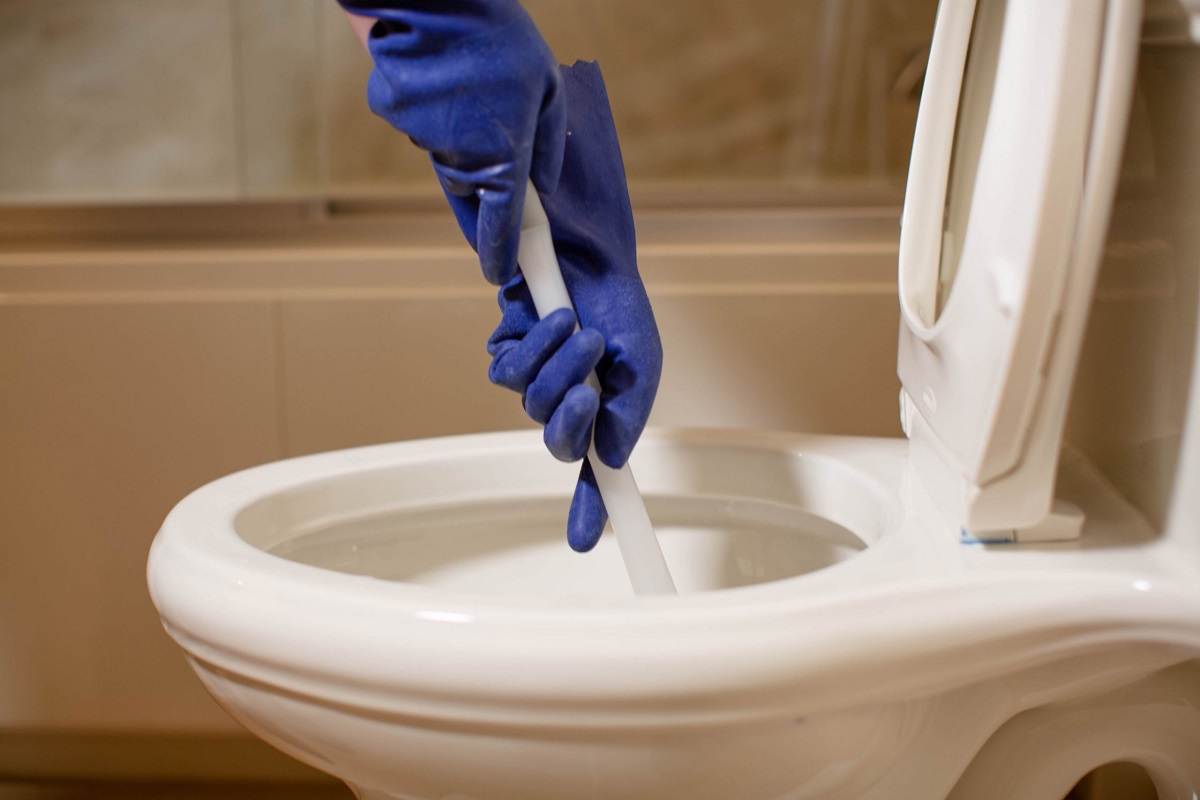
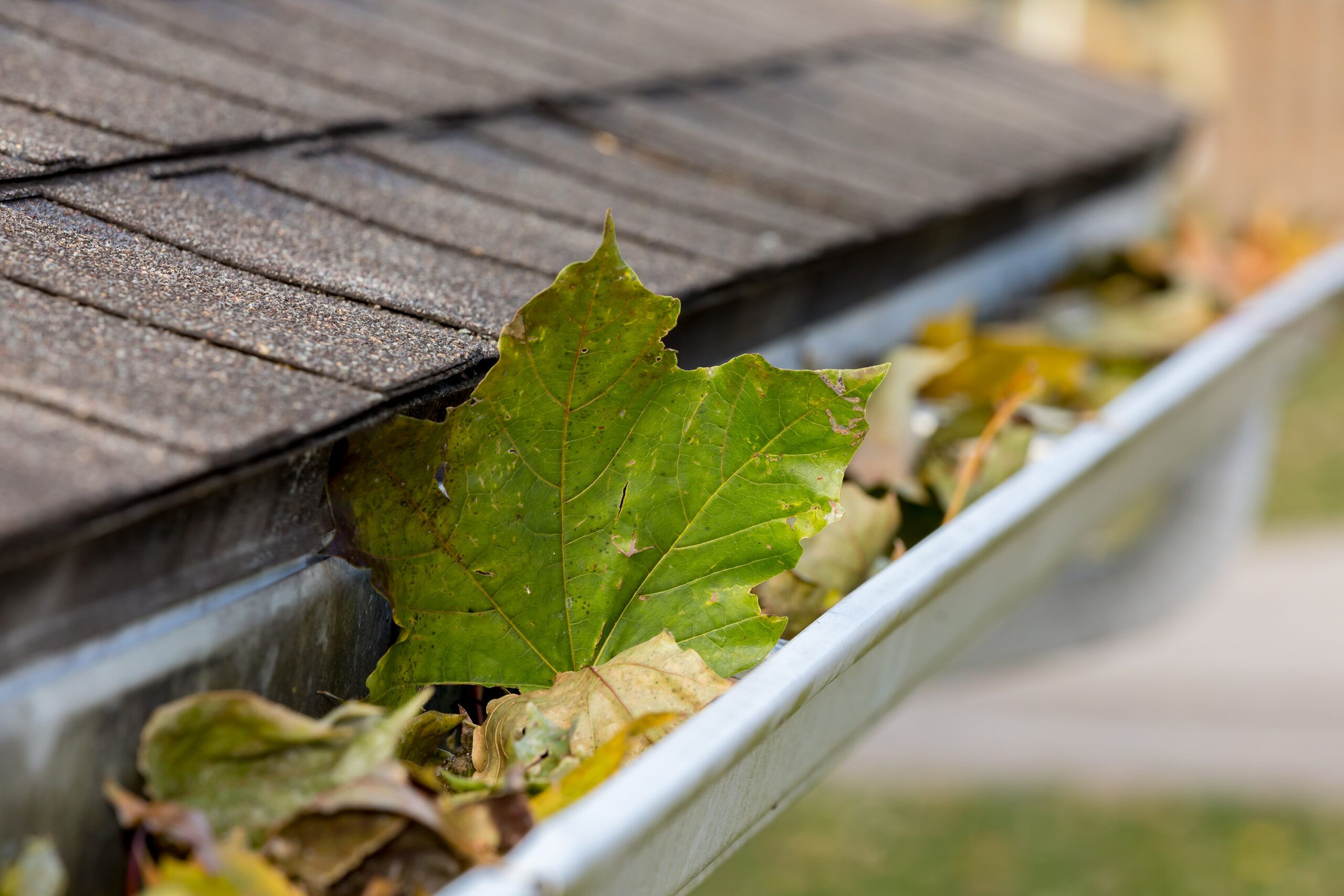
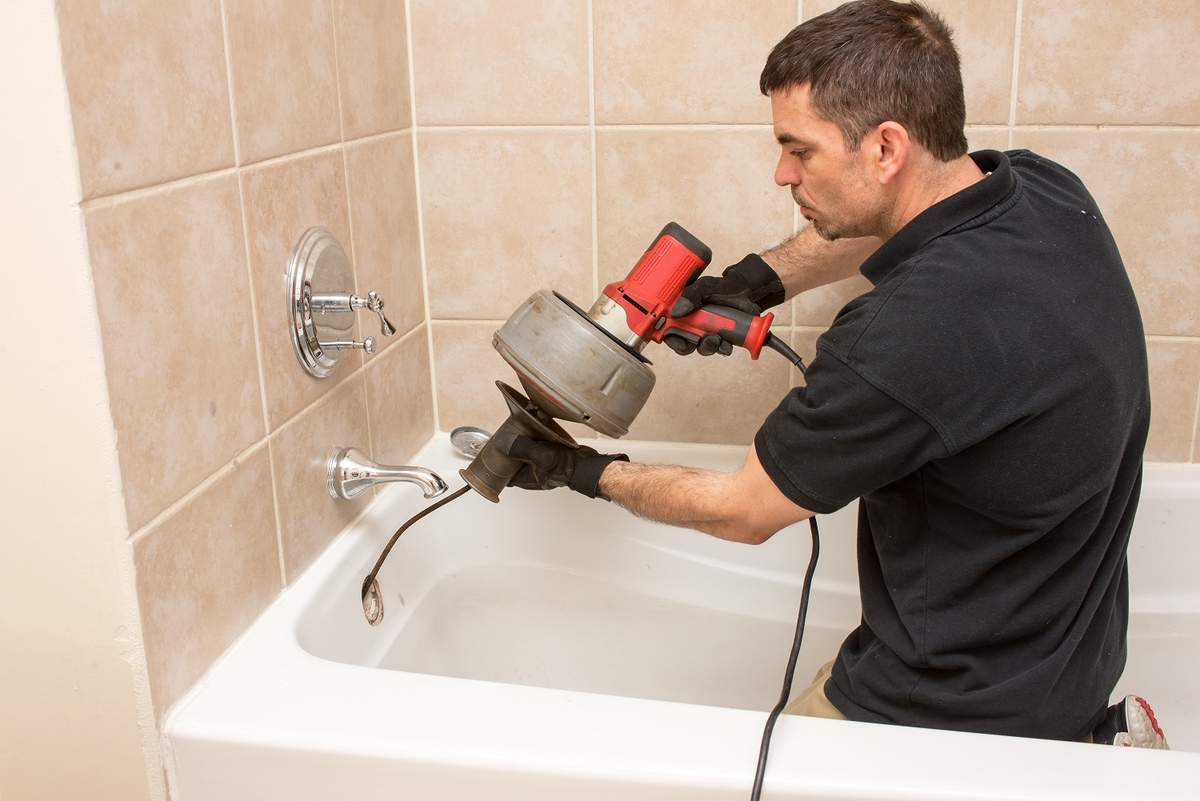
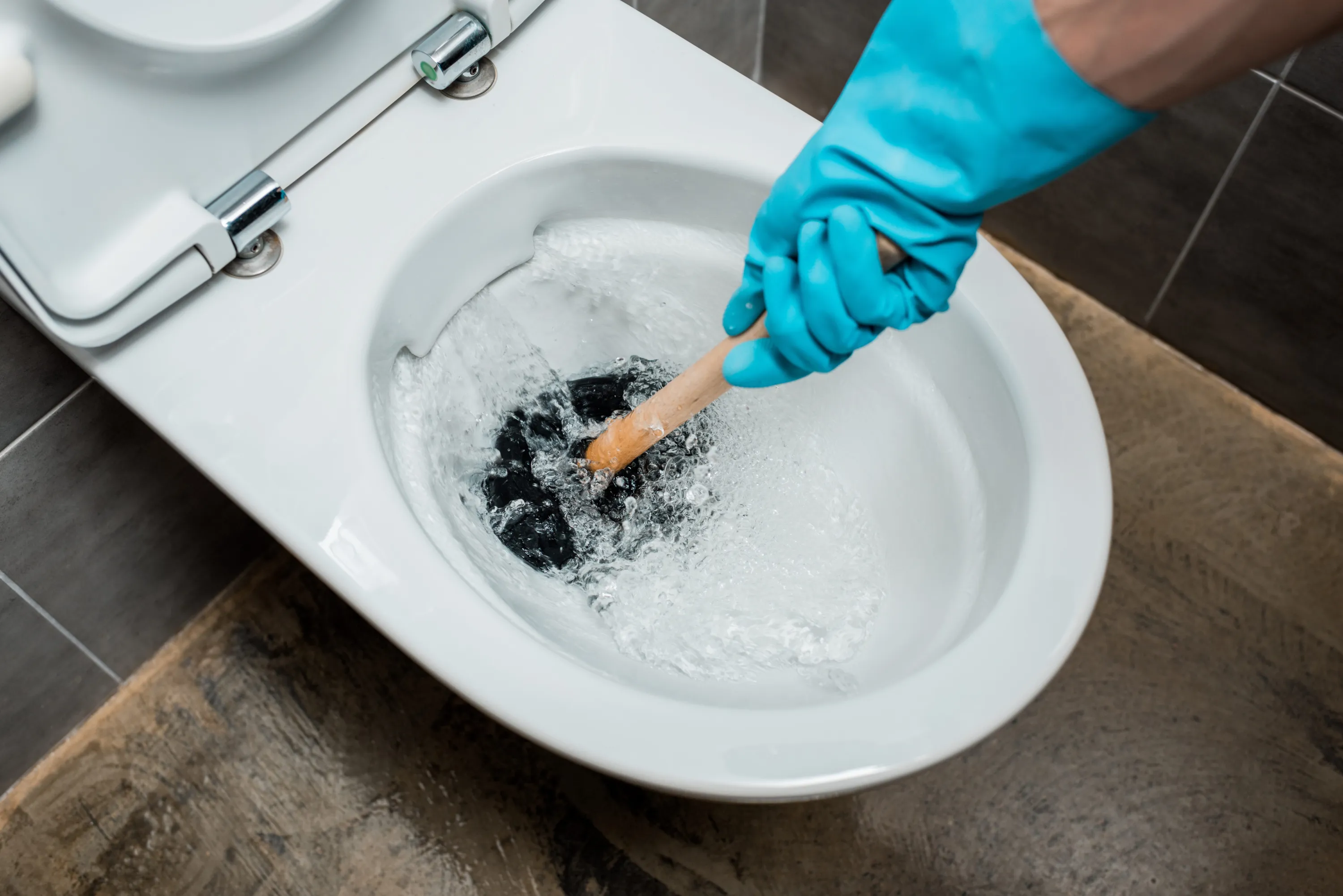
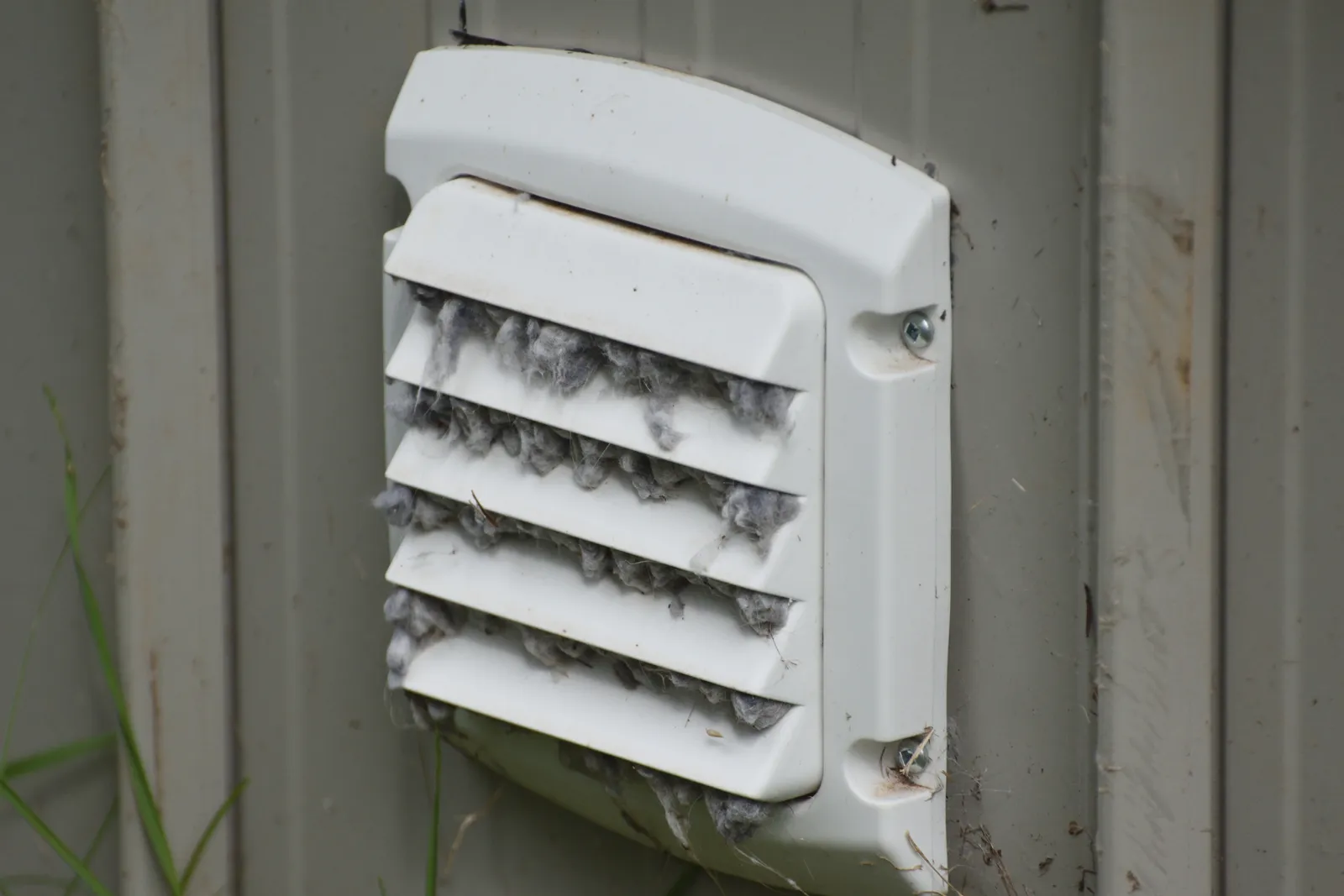
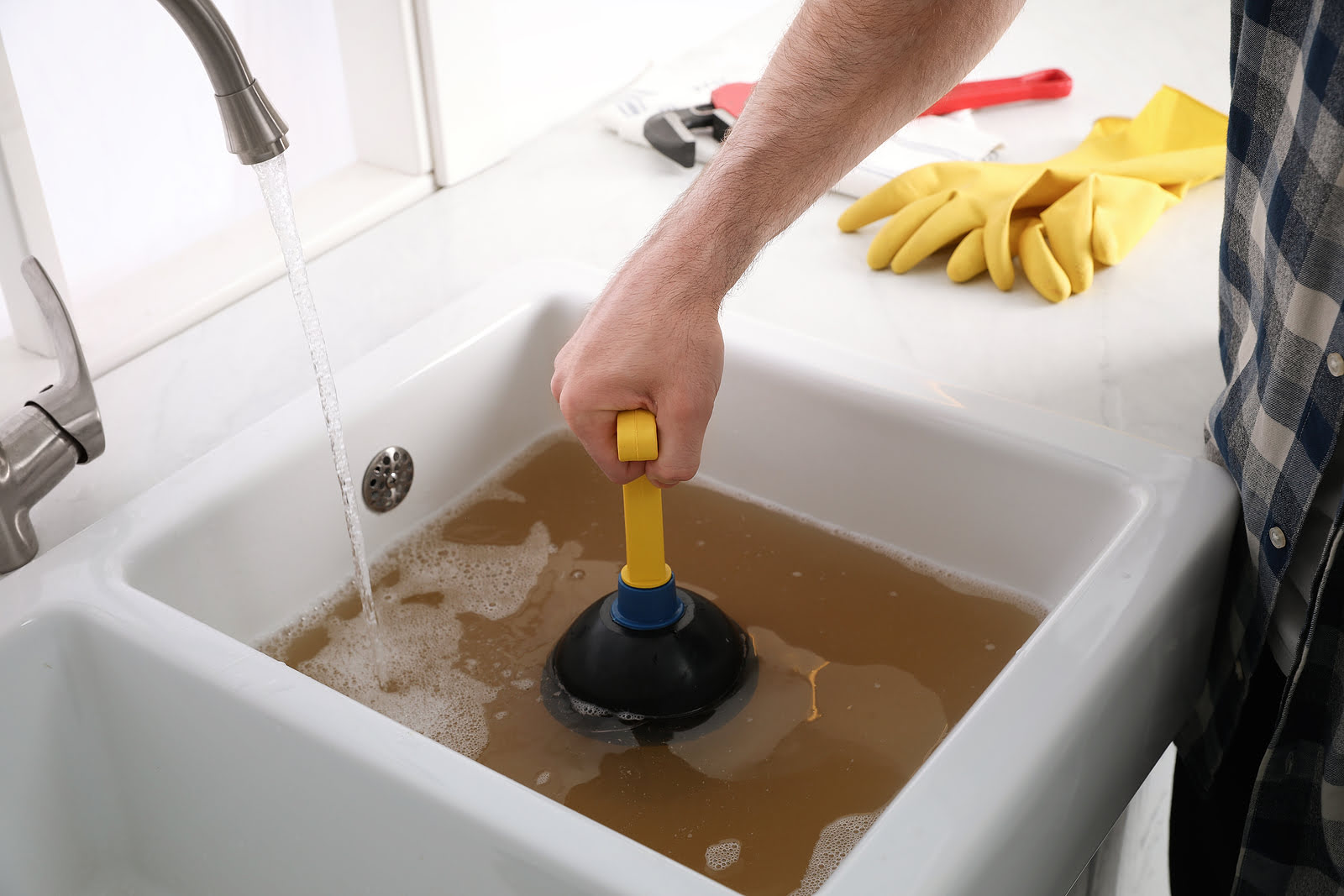
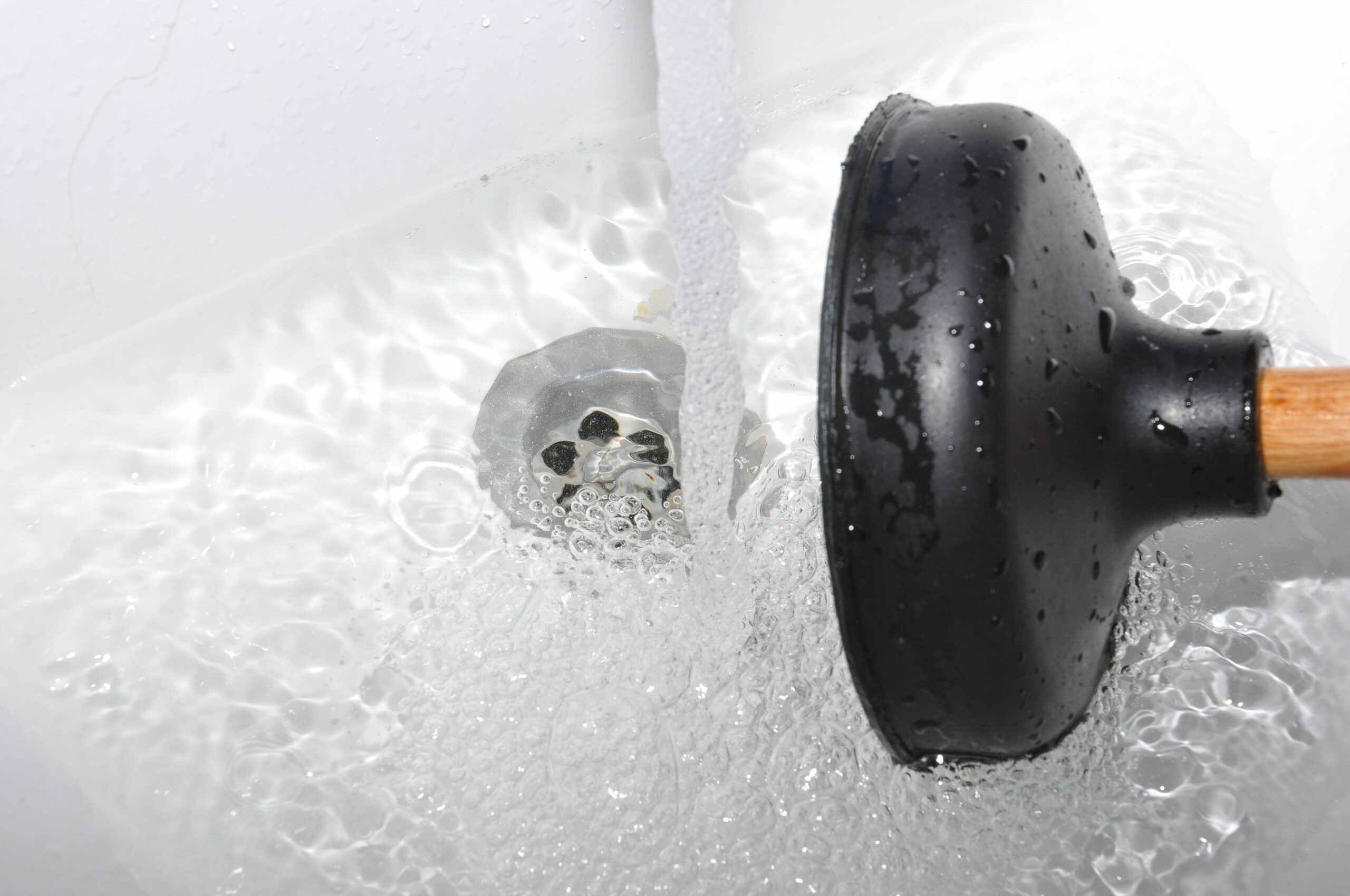
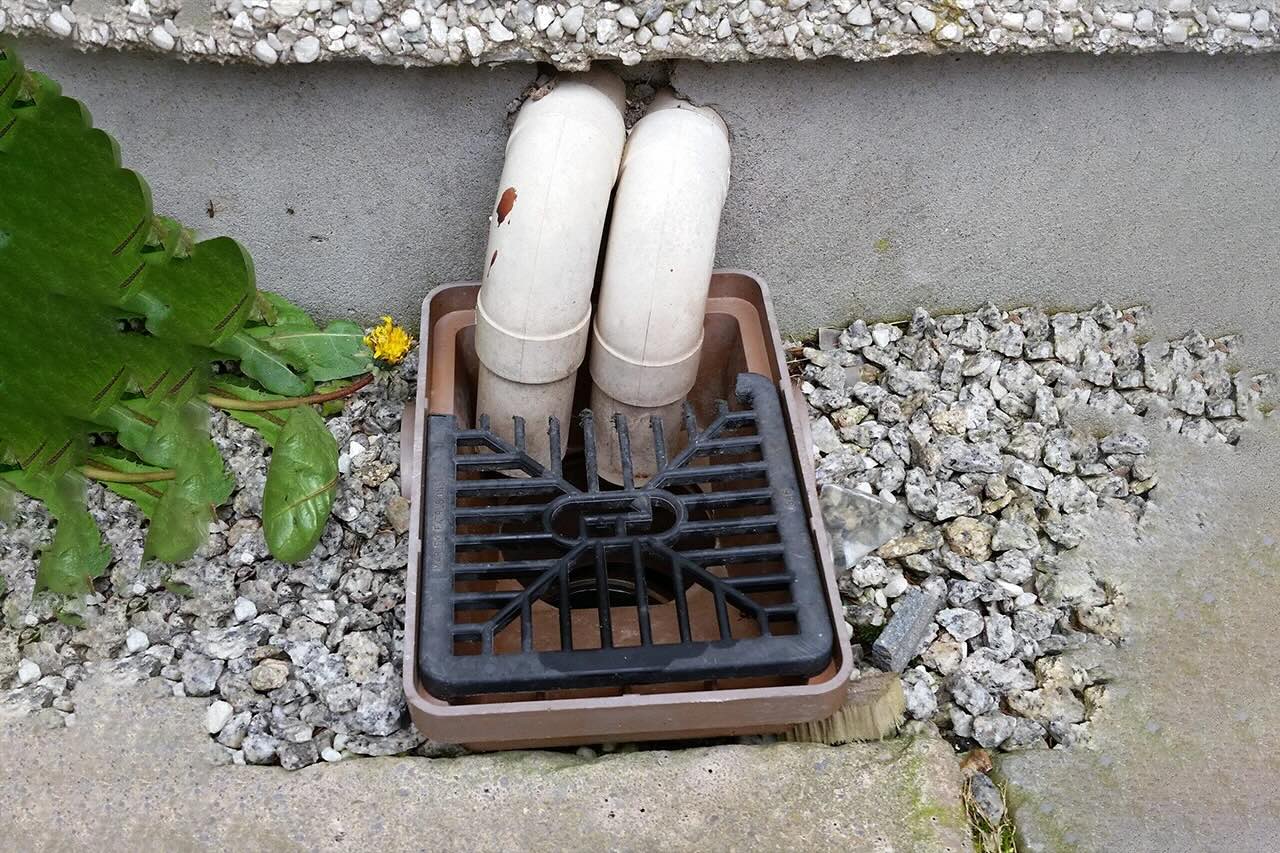
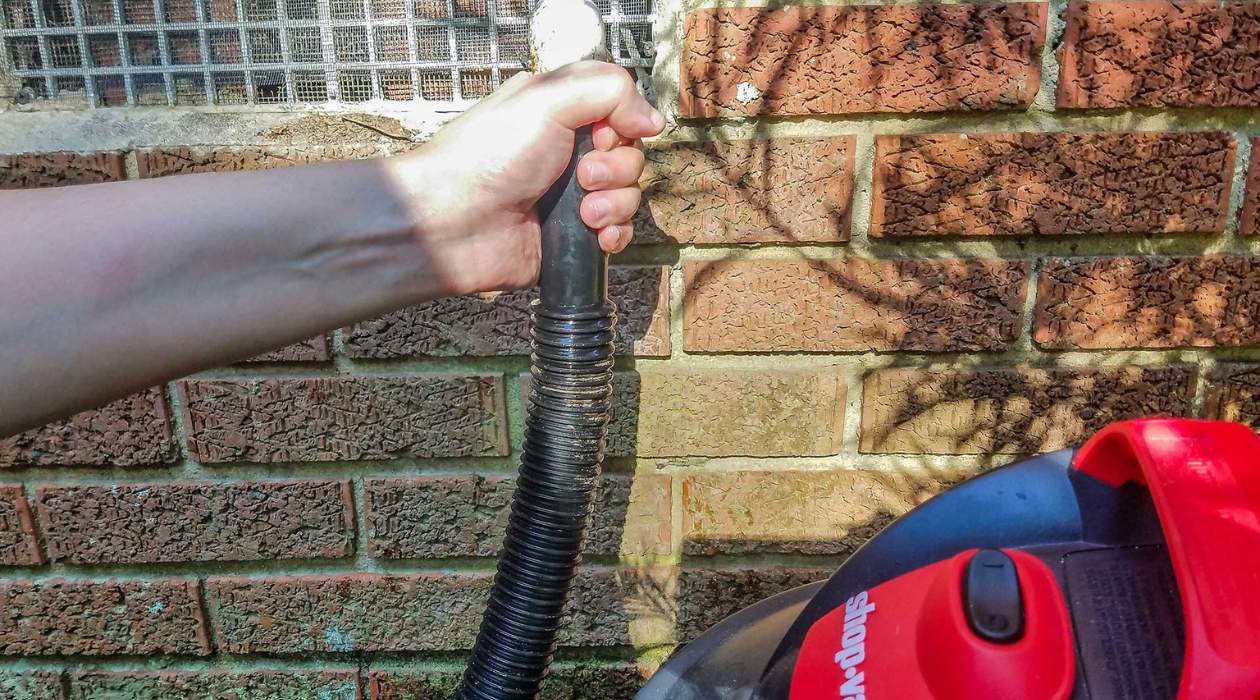
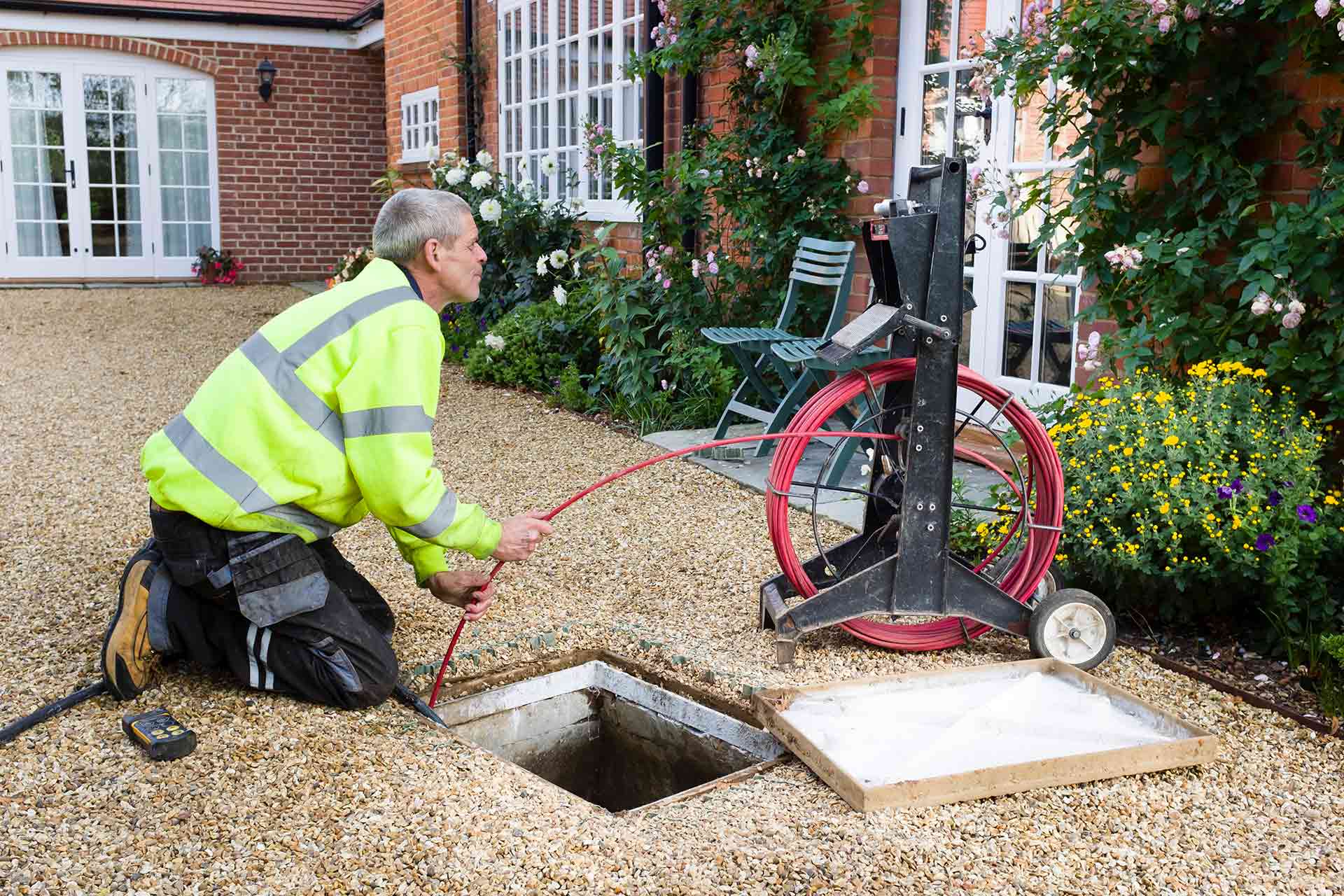
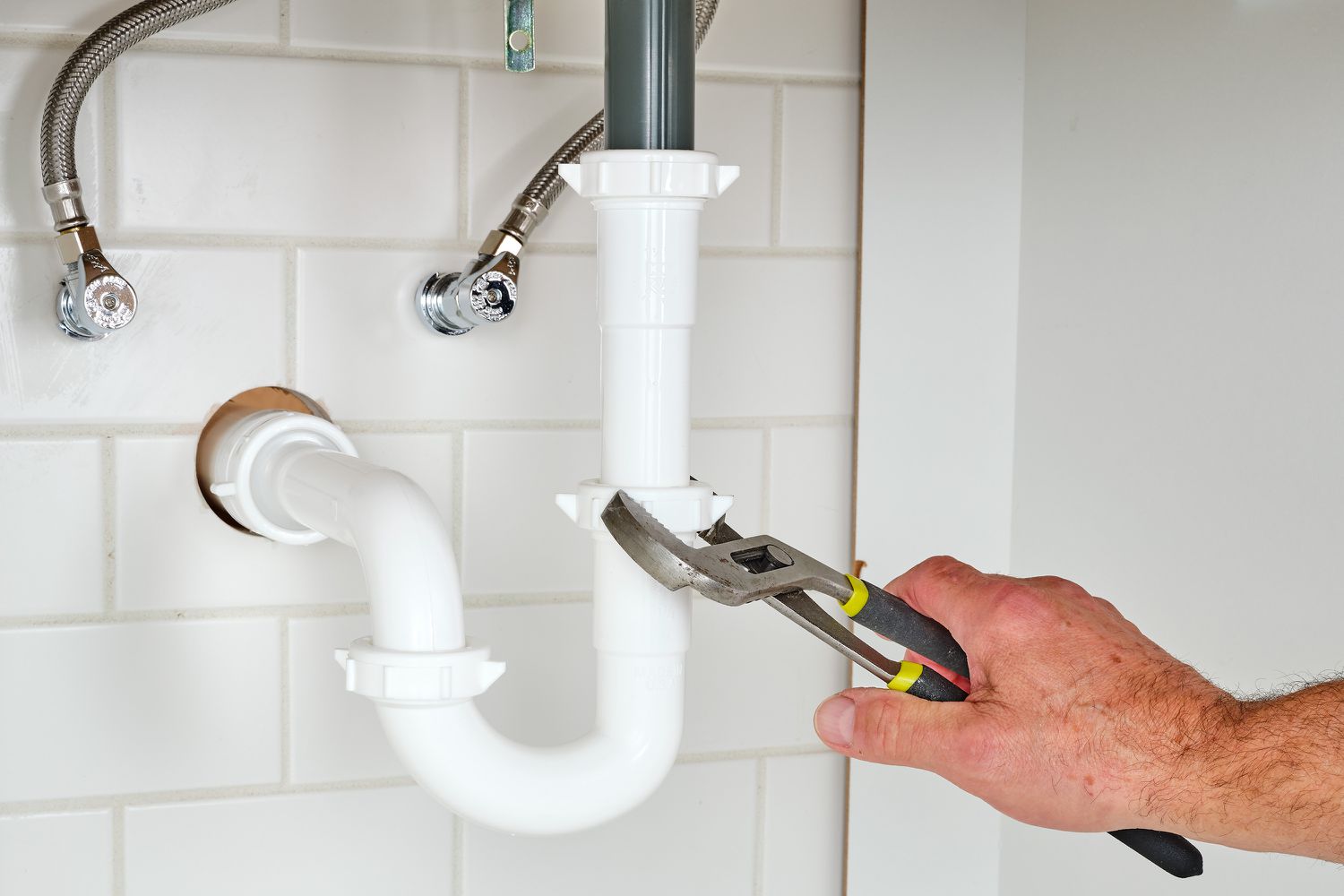
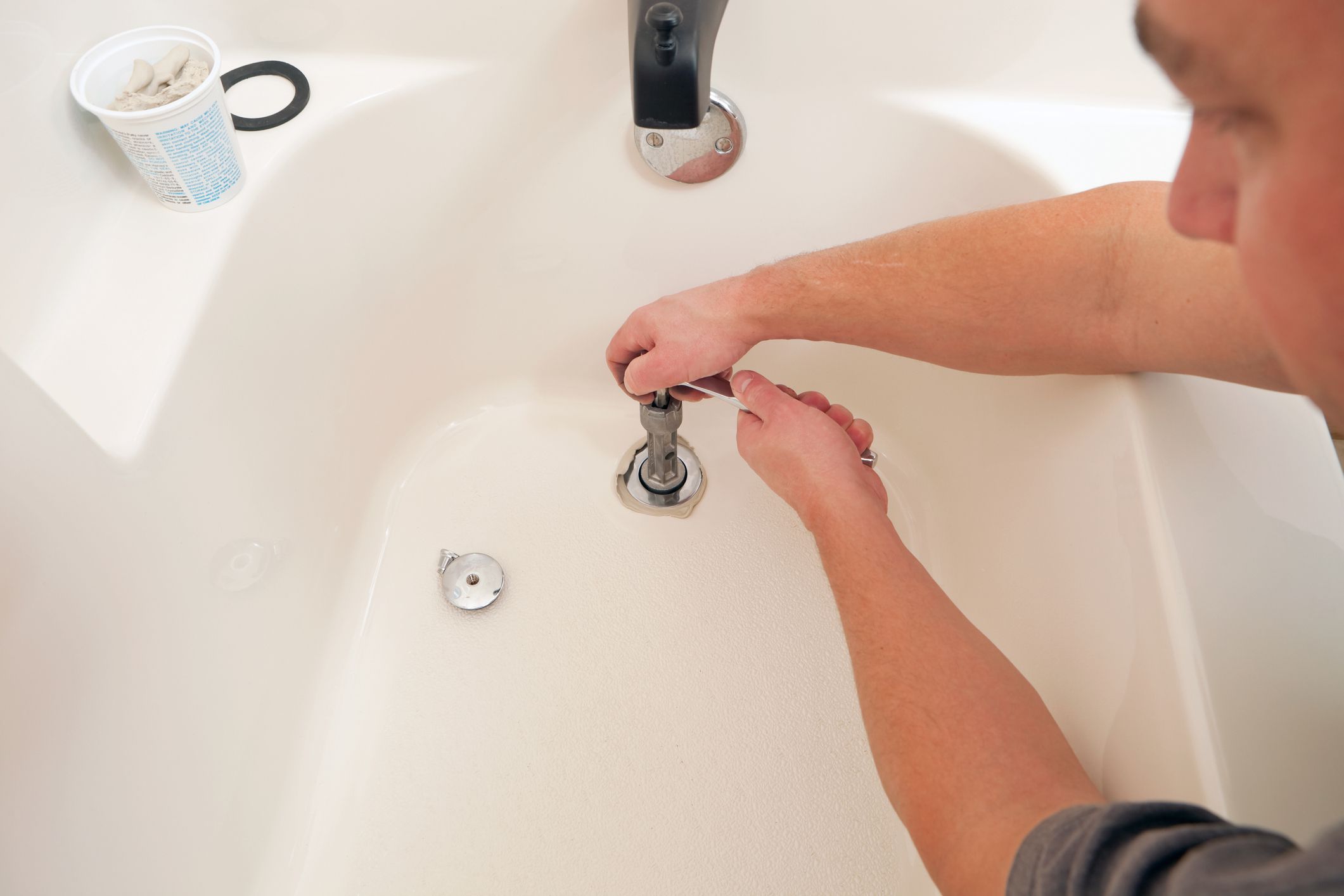

0 thoughts on “How To Clear A Bathtub Drain Clogged With Hair”